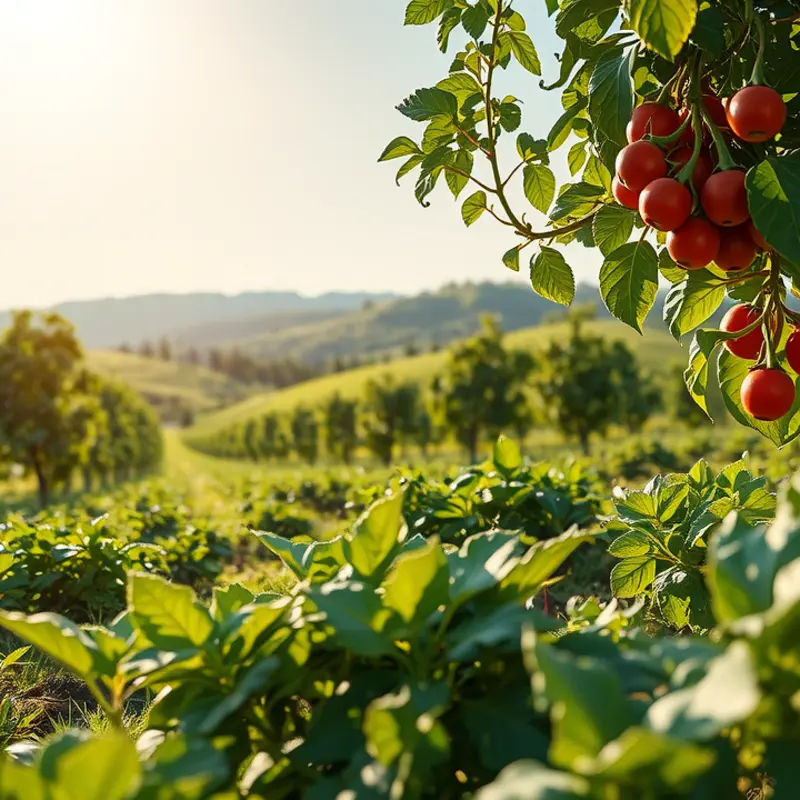Farmed salmon is a popular choice among health-conscious consumers due to its omega-3 fatty acids and convenience. However, concerns regarding its safety often lead to misconceptions. It’s essential to separate fact from fiction to make informed dietary choices. This guide addresses the most pressing questions and myths surrounding farmed salmon, providing clarity for those looking to enjoy this nutritious seafood.
Understanding Farmed Salmon: Nutritional Benefits and Safety Concerns

Farmed salmon remains a popular choice for many due to its nutritional profile. Like wild salmon, it’s rich in omega-3 fatty acids, which are essential for heart health. Farmed salmon can sometimes contain higher levels of omega-3s, partly because of its diet, which is specifically designed to promote these fatty acids.
The diet of farmed salmon often includes a mix of fish oil, fishmeal, and plant-based ingredients. This composition boosts the omega-3 content and helps maintain a steady supply, making farmed salmon a valuable alternative when wild stocks are low. However, the inclusion of plant materials, like soy, has sparked debates about the purity of the product.
Another nutritional aspect is the protein content. Both wild and farmed salmon offer a high-quality protein source. Farmed salmon may have slightly more fat, translating to a softer texture and richer taste. This can be appealing to those seeking a more buttery salmon experience.
Despite these nutritional benefits, consumers express concerns about farmed salmon safety, focusing on feed composition, antibiotics, and potential contaminants. The feed used in salmon farming is meticulously regulated, yet it remains a point of contention. Critics worry about the inclusion of genetically modified organisms or residual pesticides from plant components.
Antibiotic use in fish farming has been another focal point. To combat diseases in densely populated aquaculture environments, antibiotics sometimes become necessary. Reputable farms manage their use carefully, adhering to guidelines to ensure residues don’t persist in the final product. Nonetheless, this practice continues to raise questions about resistance and environmental impact.
Contaminants such as heavy metals and polychlorinated biphenyls (PCBs) are concerns for all seafood, including farmed salmon. Improved farm management practices and strict regulations help minimize these risks. Regular monitoring and adherence to safety standards are vital in ensuring that the contaminant levels remain well below harmful thresholds.
To further ensure safe and sustainable choices, consider guidance on storing and preparing salmon to maximize health benefits. For advice on eco-friendly kitchen practices, you might find helpful tips in eco-smart kitchen storage. This guidance can empower informed decision-making and support a healthy diet.
Understanding both the benefits and concerns surrounding farmed salmon lets consumers make informed choices. While farmed salmon offers substantial nutritional advantages, ongoing vigilance and transparency are essential to address safety concerns effectively. With the aquaculture industry’s commitment to sustainability and safety, farmed salmon can remain a valuable component of a balanced diet.
Debunking Myths: Farmed Salmon vs. Wild Salmon

The debate between farmed and wild salmon has sparked numerous myths and misconceptions, particularly around toxins, nutrients, and environmental impact. Understanding these differences is essential for making informed dietary choices.
Perception of Toxins
A prevalent belief is that farmed salmon contains more toxins than its wild counterpart. It’s important to clarify that both farmed and wild salmon can contain contaminants like polychlorinated biphenyls (PCBs) and mercury. However, regulatory bodies have established safety limits to ensure both types remain safe for consumption. Quality control measures, such as monitoring feed and improving aquaculture practices, continually evolve to minimize toxin presence in farmed salmon.
Nutrient Variability
Another myth suggests wild salmon is significantly more nutritious than farmed. While there are differences, these are not always as pronounced as believed. Farmed salmon often contains higher fat content due to the feed used, which can result in a higher concentration of omega-3 fatty acids, crucial for cardiovascular health. Conversely, wild salmon generally has a higher protein content and may have a slightly richer flavor profile. Ultimately, both varieties offer beneficial nutrients that support a healthy diet.
Environmental Considerations
Environmental impact is a major concern in the farmed versus wild salmon debate. Critics of farmed salmon point to habitat destruction and pollution. Nevertheless, advancements in sustainable aquaculture practices are addressing these issues. Innovations in closed containment systems reduce waste and disease spread to wild populations. Efforts are being made to decrease the reliance on wild-caught fish in feeds to ensure a balanced ecosystem. As consumers, supporting farms that adhere to these sustainable practices can promote positive change.
A balanced view of farmed and wild salmon requires acknowledging improvements and setbacks in both industries. Engaging with resources on eco-friendly eating practices can provide further insights into making choices that align with one’s values.
As we improve aquaculture technology and continue research, the line between farmed and wild salmon narrows concerning safety and sustainability. Making informed choices ensures both health and environmental integrity.
Final words
Farmed salmon remains a safe, nutritious option for many, offering essential omega-3s without the environmental concerns associated with traditional fishing practices. By understanding the realities of farming methods, potential contaminants, and differences between farmed and wild salmon, consumers can feel confident in their dietary choices. Always seek reputable sources and ensure proper cooking procedures to enjoy the health benefits of this versatile seafood. Making informed decisions promotes not only personal well-being but also fosters sustainable practices within the seafood industry.








